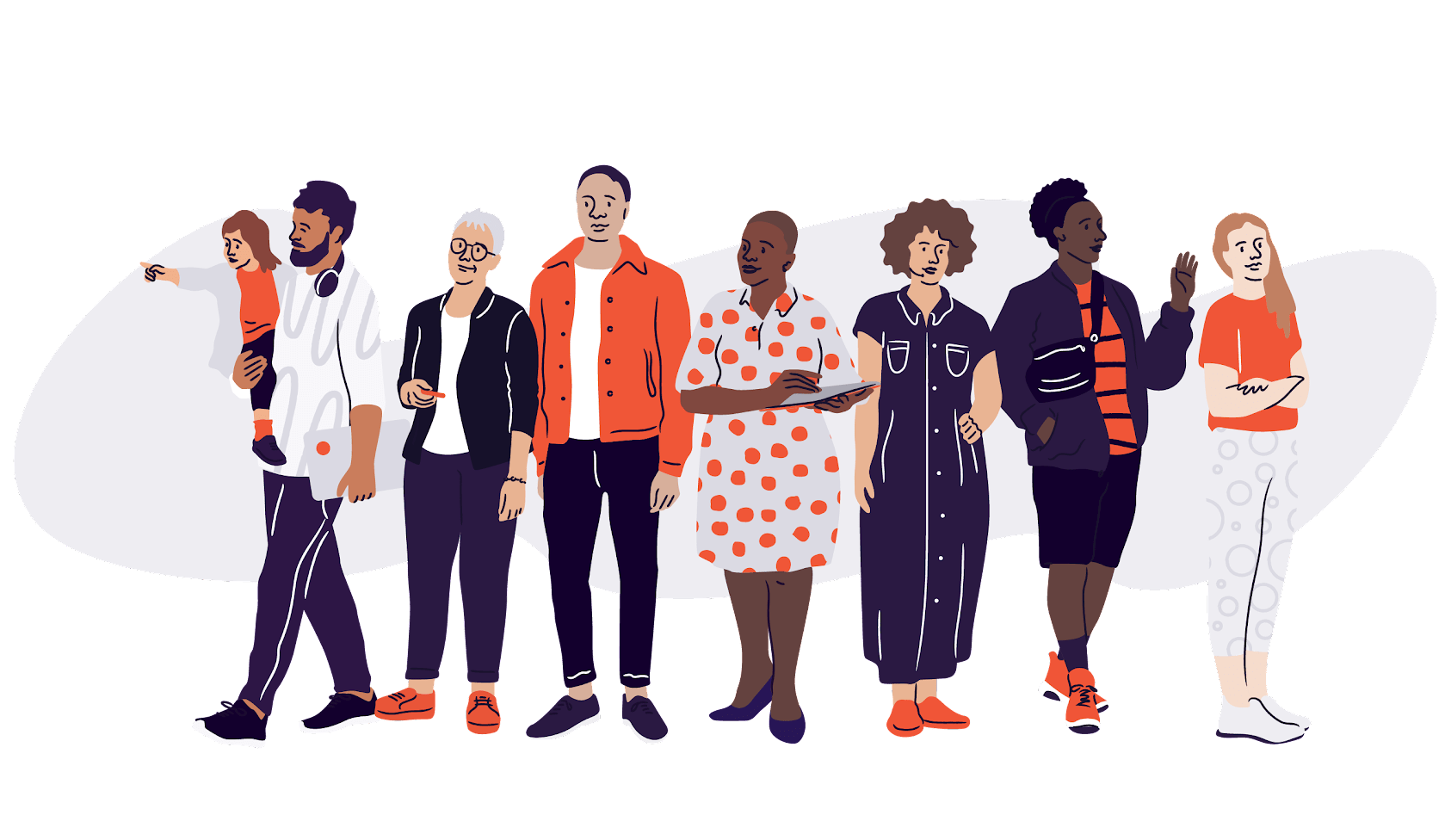When a curious event-goer lands on your website, you’ve only got 10 seconds to capture their attention. Will your event website grab someone’s attention in such a short amount of time?
If it’s not, that might be because event websites are very different from every other website. And if you don’t understand why your site should be different, your event attendance may suffer as a result.
Transform your website into the ultimate salesperson for your event by including these essential elements.
Event website essential #1: Visual cues capture and hold event-goers’ attention
The visuals you choose for your site are the fastest way to help event-goers understand what your event is about. The human eye processes images in 13 milliseconds — and authentic pictures of satisfied attendees really help site visitors imagine themselves at your event.
Here’s how to make the most out of your visual cues:
- Event name or logo. Help visitors know they’ve landed on the right website by putting your logo at the top of your home page, as well as on every page of your site, so it’s always one of the first things they see.
- Event images. You want to help people imagine themselves at your event and the best way to do that is with pictures of satisfied attendees at your event. Use a professional photographer if you have the budget, or check out quality stock photography sites.
- Colors, typography. Help your website present a cohesive visual identity by choosing a color palette of one to two primary colors and three to four secondary colors, and using a font that is legible, and sticking with both across all your marketing.
Event website essential #2: Essential event details pique your visitors’ interest
There’s nothing more frustrating for site visitors than having to dig around your event website for key details, like date, time, or location. That’s why it’s so important to make sure that people can scan your pages and quickly find critical information.
Here’s how to make the most of your event info:
- Date and time. Make sure site visitors can scan your home page and easily find out when your event is and what time it’s at. The higher up this information is, the better.
- Location. Just as important as when is where. Put location information up high, alongside your date and time, so it pops out at site visitors. You can also consider embedding a Google map on your website to improve search engine rankings.
- Lineup or agenda. At the root of all effective web copy is a deep understanding of the reader and their needs or interests. After the where and when, is the why — e.g. who is speaking, who is playing, what value will I be getting out of this event?
Event website essential #3: Clear next steps turn visitors into attendees
Once event website visitors have determined your event is worth attending and that it fits their schedule, it needs to guide them into the purchase process. This, according to Eventbrite Event Website Product Designer Yunji Kim, is a critical moment for your site.
“If someone can’t easily identify the date and location of your event, they might look around for it,” says Kim. “But if they can’t quickly begin the purchase process, they might think twice about attending your event.”
Here’s how to make the most of your purchase info:
- Ticket options and availability. Your event management solution should be embedded into your website so people can buy tickets or register without being redirected.
- Call to action. Your event website is a treasure map, and your call to action is the giant red ‘X’ that says “Over here!” Show attendees the way to check out with a strong CTA.
Make your next event website irresistible
Wish you could see event website examples? Find out what the experts at Eventbrite call the good, the bad, and the ugly of event websites in this ebook.






